Consumer Demand for Clean Beauty
The increasing consumer demand for clean beauty products is a pivotal driver in the Personal Care Specialty Ingredient Market. As consumers become more conscious of the ingredients in their personal care products, there is a notable shift towards formulations that are free from harmful chemicals. This trend is reflected in market data, which indicates that the clean beauty segment is expected to grow at a compound annual growth rate of over 10% in the coming years. Brands are responding by incorporating natural and organic ingredients, which not only appeal to health-conscious consumers but also align with sustainability goals. Consequently, the Personal Care Specialty Ingredient Market is witnessing a surge in the development of innovative, safe, and effective ingredients that cater to this growing demand.
Sustainability and Eco-Friendly Practices
Sustainability has emerged as a crucial driver in the Personal Care Specialty Ingredient Market. With heightened awareness regarding environmental issues, consumers are increasingly favoring products that utilize sustainable sourcing and eco-friendly practices. This shift is prompting manufacturers to invest in biodegradable and renewable ingredients, which not only reduce environmental impact but also resonate with eco-conscious consumers. Market analysis suggests that the demand for sustainable personal care products is likely to increase, with projections indicating a significant rise in sales of eco-friendly ingredients. As a result, the Personal Care Specialty Ingredient Market is adapting to these trends by prioritizing sustainability in ingredient sourcing and formulation processes.
Regulatory Compliance and Safety Standards
Regulatory compliance and safety standards are becoming increasingly stringent, serving as a significant driver in the Personal Care Specialty Ingredient Market. Governments and regulatory bodies are implementing more rigorous guidelines to ensure consumer safety, which compels manufacturers to adopt safer and more transparent ingredient practices. This trend is evident in the rising number of certifications and approvals required for personal care products. As a result, companies are investing in research and development to create ingredients that not only meet these regulations but also enhance product efficacy. The Personal Care Specialty Ingredient Market is thus witnessing a shift towards safer formulations that comply with evolving regulatory landscapes.
Rise of Personalization in Beauty Products
The rise of personalization in beauty products is a notable driver in the Personal Care Specialty Ingredient Market. Consumers are increasingly seeking products tailored to their individual needs and preferences, leading to a demand for customizable formulations. This trend is prompting brands to explore innovative ingredient combinations that cater to diverse skin types and concerns. Market Research Future suggests that personalized beauty products are expected to capture a significant share of the market, with consumers willing to invest in solutions that address their specific requirements. As a result, the Personal Care Specialty Ingredient Market is evolving to accommodate this shift, fostering the development of specialized ingredients that enhance personalization in personal care products.
Technological Advancements in Ingredient Development
Technological advancements in ingredient development are reshaping the landscape of the Personal Care Specialty Ingredient Market. Innovations in biotechnology and nanotechnology are enabling the creation of more effective and targeted ingredients, which can enhance product performance. For instance, the use of encapsulation techniques allows for the controlled release of active ingredients, improving their efficacy and stability. Market data indicates that the adoption of such technologies is likely to drive growth in the specialty ingredients sector, as brands seek to differentiate their products in a competitive marketplace. Consequently, the Personal Care Specialty Ingredient Market is experiencing a wave of innovation that is transforming traditional formulations into high-performance solutions.


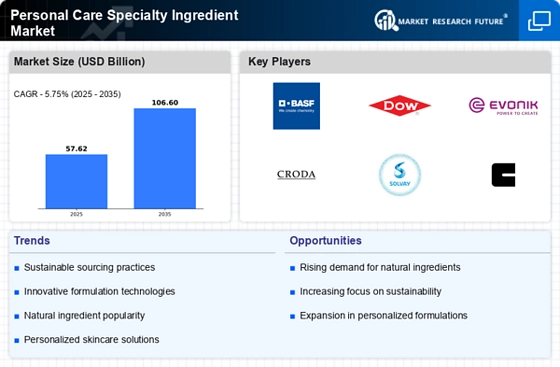
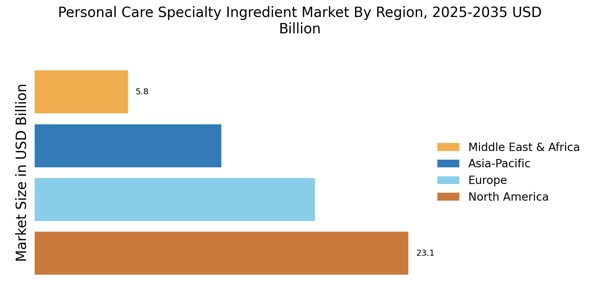


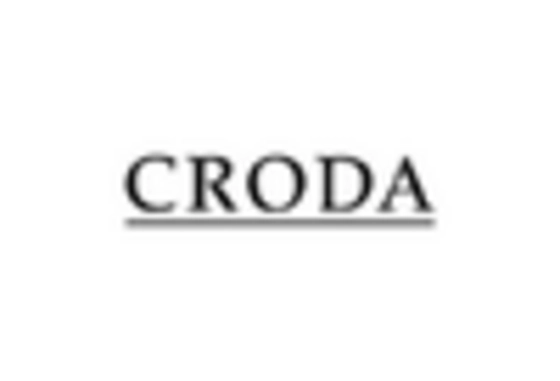
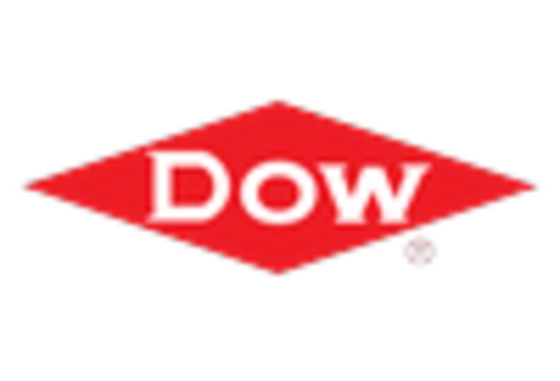

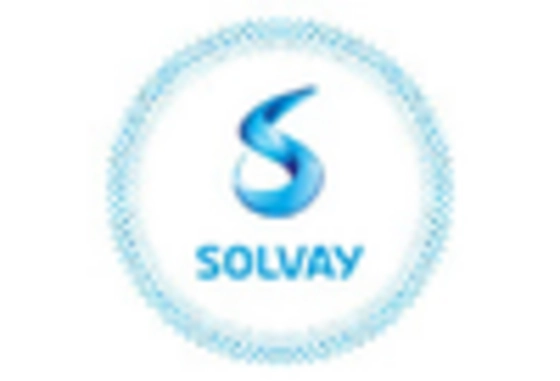








Leave a Comment